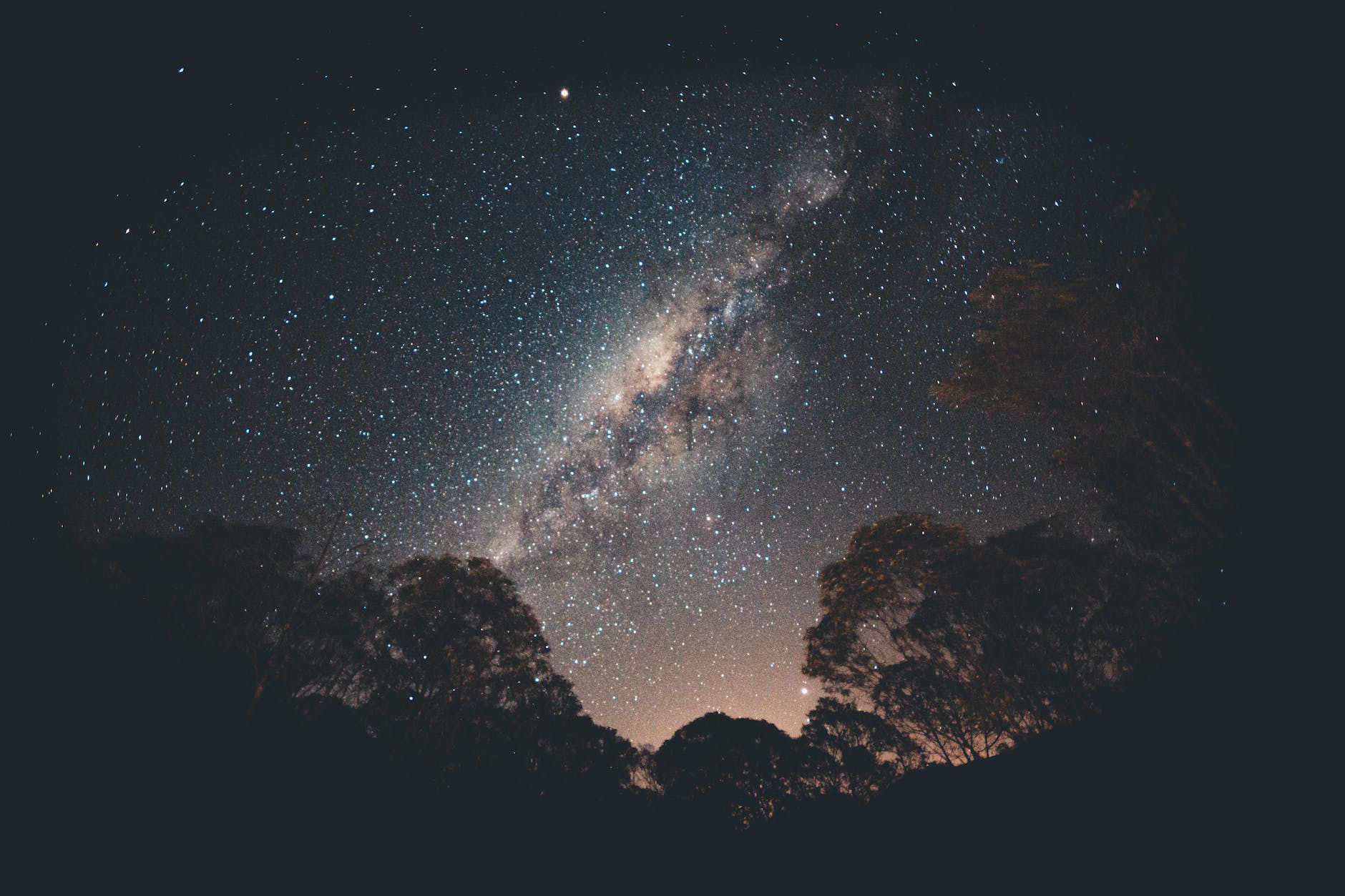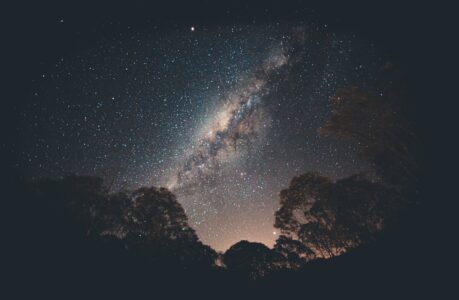Are you an aspiring stargazer with a passion for all things celestial? Whether you’re just starting out or have been gazing at the night sky for years, having the right resources can greatly enhance your understanding and enjoyment of astronomy. Books offer a wealth of knowledge and inspiration, guiding amateur astronomers through the vast wonders of the cosmos. In this article, we present a curated list of the top 10 books for amateur astronomers, packed with fascinating information and written in an engaging style that will captivate your astronomical imagination.
1. “The Backyard Astronomer’s Guide” by Terence Dickinson and Alan Dyer
“The Backyard Astronomer’s Guide” is an essential companion for amateur astronomers of all levels. It covers a wide range of topics, from choosing the right telescope and observing equipment to understanding the basics of celestial mechanics. Terence Dickinson and Alan Dyer, both renowned experts in the field, provide expert guidance on finding and observing various celestial objects, including stars, planets, galaxies, and nebulae. The book is beautifully illustrated with stunning images, making it an excellent resource for both practical advice and visual inspiration.
2. “Turn Left at Orion” by Guy Consolmagno and Dan M. Davis
“Turn Left at Orion” is a beloved classic among amateur astronomers, praised for its user-friendly approach to stargazing. The book provides detailed information on how to locate and observe a wide variety of astronomical objects, including stars, constellations, and deep-sky treasures. With its clear and concise instructions, accompanied by diagrams and sketches, this guide simplifies the process of finding objects in the night sky. It is an invaluable resource for anyone seeking to expand their knowledge and appreciation of the cosmos.
3. “NightWatch: A Practical Guide to Viewing the Universe” by Terence Dickinson
“NightWatch” is a go-to reference book for amateur astronomers, providing a wealth of practical information on observing the night sky. Terence Dickinson’s engaging writing style and extensive knowledge make this book an enjoyable read for both beginners and experienced stargazers. From understanding the fundamentals of astronomy to exploring the Milky Way and beyond, “NightWatch” covers it all. The book also includes detailed sky charts and photographs, allowing readers to easily identify celestial objects and plan their observing sessions.
4. “Astronomy: A Self-Teaching Guide” by Dinah L. Moche
“Astronomy: A Self-Teaching Guide” is a fantastic resource for those who prefer to learn at their own pace. This book presents astronomy in a clear and accessible manner, breaking down complex concepts into digestible explanations. Dinah L. Moche covers a wide range of topics, including the solar system, stars, galaxies, and cosmology. The self-teaching format encourages readers to actively engage with the material through hands-on activities and review questions, solidifying their understanding of the subject matter.
5. “The Cambridge Photographic Star Atlas” by Axel Mellinger
“The Cambridge Photographic Star Atlas” is a visual feast for amateur astronomers. Axel Mellinger’s breathtaking astrophotography takes readers on a mesmerizing tour of the cosmos, showcasing stars, nebulae, and galaxies in exquisite detail. This atlas is an excellent reference for identifying celestial objects, with star charts that cover both the northern and southern hemispheres. The combination of stunning imagery and informative captions makes this book a true treasure for astronomy enthusiasts.
6. “The Planets” by Dava Sobel
“The Planets” takes readers on a captivating voyage through our celestial neighborhood. Dava Sobel, a renowned science writer, skillfully combines scientific knowledge with engaging storytelling to explore each planet in our solar system. From the scorching plains of Mercury to the frigid reaches of Pluto, Sobel’s vivid descriptions and historical anecdotes bring each planet to life. Beautiful illustrations and photographs enhance the reading experience, making this book a must-read for anyone curious about the wonders of our solar system.
7. “The Stars: A New Way to See Them” by H.A. Rey
“The Stars: A New Way to See Them” offers a unique approach to understanding and identifying constellations. H.A. Rey, the creator of the beloved Curious George books, brings his talent for storytelling and illustration to the realm of astronomy. Rey’s whimsical drawings depict constellations as recognizable characters, making it easier for beginners to connect the dots in the night sky. This book is an ideal companion for stargazers of all ages, introducing them to the wonders of the celestial tapestry above.
8. “Cosmos” by Carl Sagan
“Cosmos” is a masterpiece written by the late Carl Sagan, one of the most influential science communicators of our time. In this book, Sagan eloquently explores the wonders of the cosmos, taking readers on a thought-provoking journey from the Big Bang to the search for extraterrestrial life. With its poetic prose and profound insights, “Cosmos” inspires a sense of awe and curiosity about our place in the vastness of the universe. This timeless classic continues to captivate readers and ignite a passion for astronomy.
9. “The 100 Best Astrophotography Targets” by Ruben Kier
“The 100 Best Astrophotography Targets” is a go-to resource for amateur astronomers interested in capturing the beauty of the night sky through astrophotography. Ruben Kier, an experienced astrophotographer, carefully selects and describes 100 celestial objects that are ideal for imaging. From star clusters and nebulae to galaxies and planets, this book offers detailed information on each target, including tips on equipment, exposure times, and image processing techniques. With its practical advice and stunning images, this guide will inspire amateur astronomers to embark on their own astrophotography adventures.
10. “The Universe in a Nutshell” by Stephen Hawking
“The Universe in a Nutshell” is a captivating exploration of the most profound questions in cosmology. Stephen Hawking, a renowned theoretical physicist, presents complex concepts in a way that is accessible to the general reader. With a blend of scientific explanations, captivating illustrations, and a touch of humor, Hawking guides readers through topics such as black holes, string theory, and the nature of time. This book is a remarkable journey into the depths of our universe, challenging our understanding and expanding our horizons.
Whether you’re a novice astronomer or an experienced stargazer, these top 10 books will enrich your journey through the cosmos. From practical guides to visual delights and intellectual explorations, each book offers a unique perspective on the wonders of the universe. So grab a copy, step outside, and let these books be your gateway to the awe-inspiring beauty that awaits you in the night sky.

